Massing Optimization
Generative building massing optimization in
parametrical BIM environment: Evaluating different
parametric BIM workflows from Grasshopper to Revit
at conceptual design stage.
Obando Erik
MASTER THESIS
School of Architecture Urban Planning and Construction Engineering Degree
program in Building and Architectural Engineering
May 2020
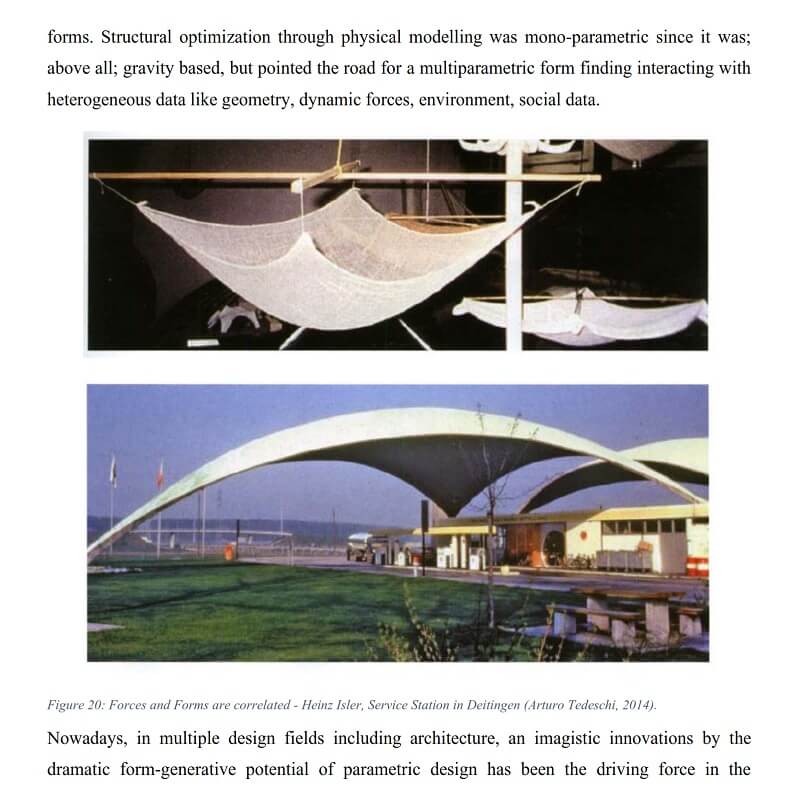
This new industrial revolution, known as Industry 4.0, has challenged the Architectural Engineering and Construction (AEC) industry by showing the potential of digitalization and interoperability on the construction field (Maskuriy, Selamat, Ali, Maresova, & Krejcar, 2019).
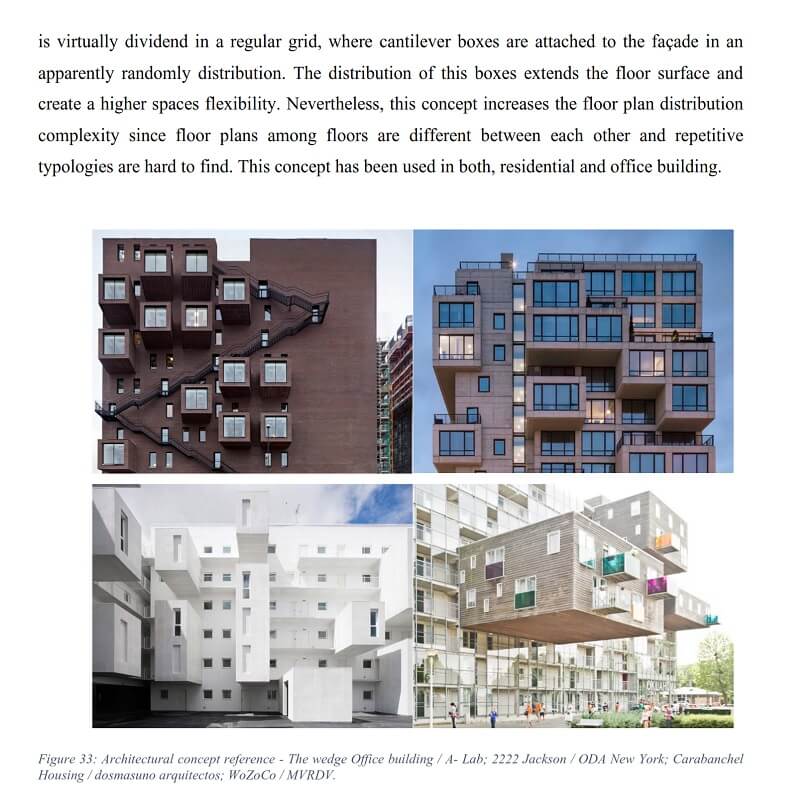 To face these challenges the industry has developed tools like Building Information Modeling (BIM) and Parametrical Design (PD). Nevertheless, there is a gap between digital practice and design theory (Ambrose, 2007), where BIM data exchange reflects insufficiently the thinking of parametric design (Wortmann & Tunçer, 2017).
To face these challenges the industry has developed tools like Building Information Modeling (BIM) and Parametrical Design (PD). Nevertheless, there is a gap between digital practice and design theory (Ambrose, 2007), where BIM data exchange reflects insufficiently the thinking of parametric design (Wortmann & Tunçer, 2017).
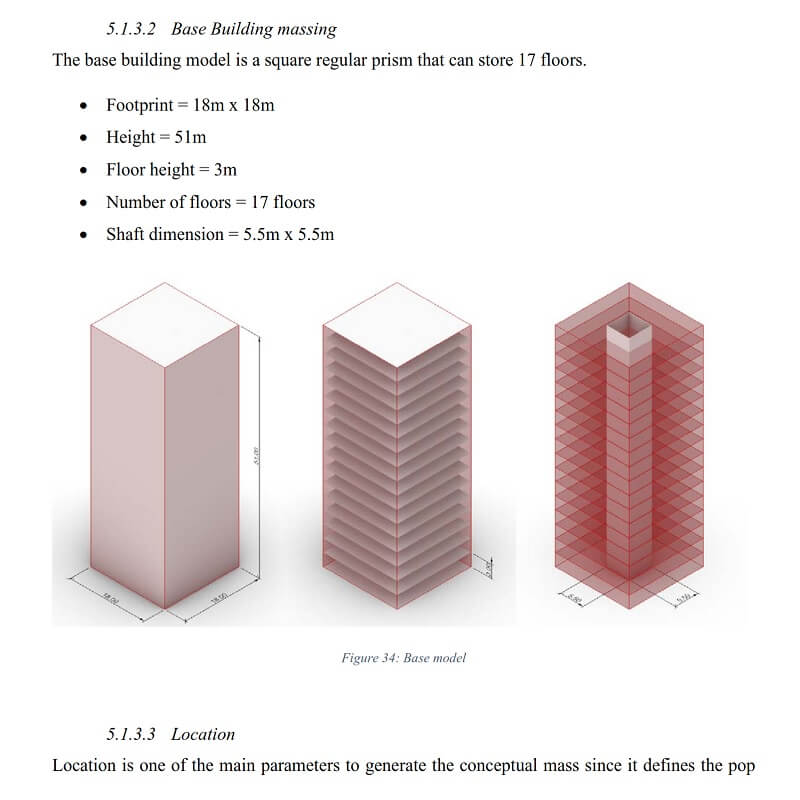 As a matter of fact, an improvement in the integration between this two approaches strength the design process (Boeykens, 2012). The simultaneous combination of design exploration and construction information in one model is referred as parametric BIM workflows (Janssen, 2014).
As a matter of fact, an improvement in the integration between this two approaches strength the design process (Boeykens, 2012). The simultaneous combination of design exploration and construction information in one model is referred as parametric BIM workflows (Janssen, 2014).
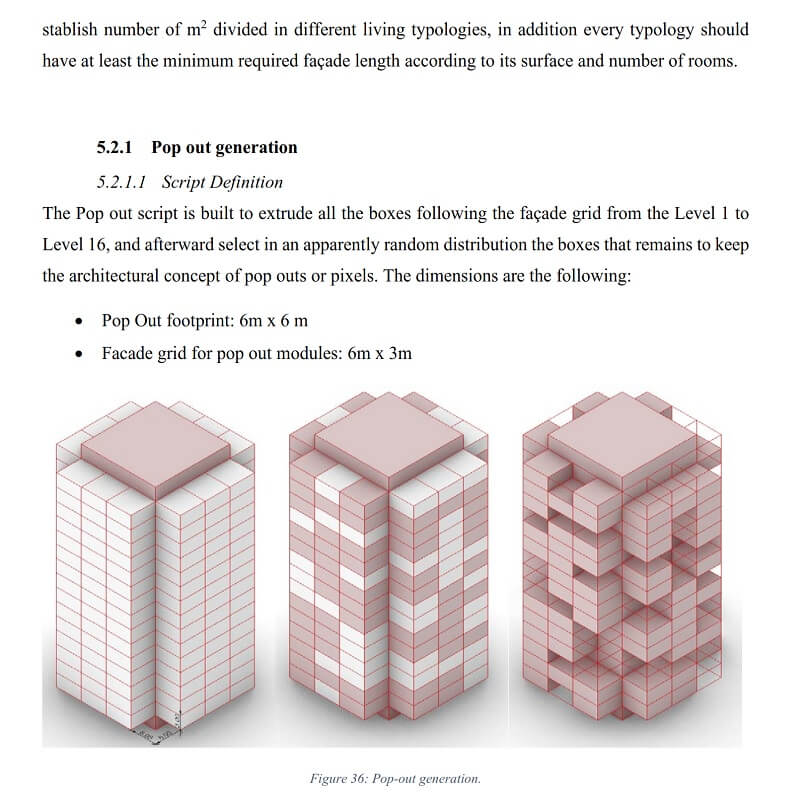 This research by Obando Erik, evaluates a methodology where PD and BIM modelling are coupled since the conceptual design stage. For this purpose, a residential building with a pixel/pop-out architectural concept is developed in its conceptual phase.
This research by Obando Erik, evaluates a methodology where PD and BIM modelling are coupled since the conceptual design stage. For this purpose, a residential building with a pixel/pop-out architectural concept is developed in its conceptual phase.
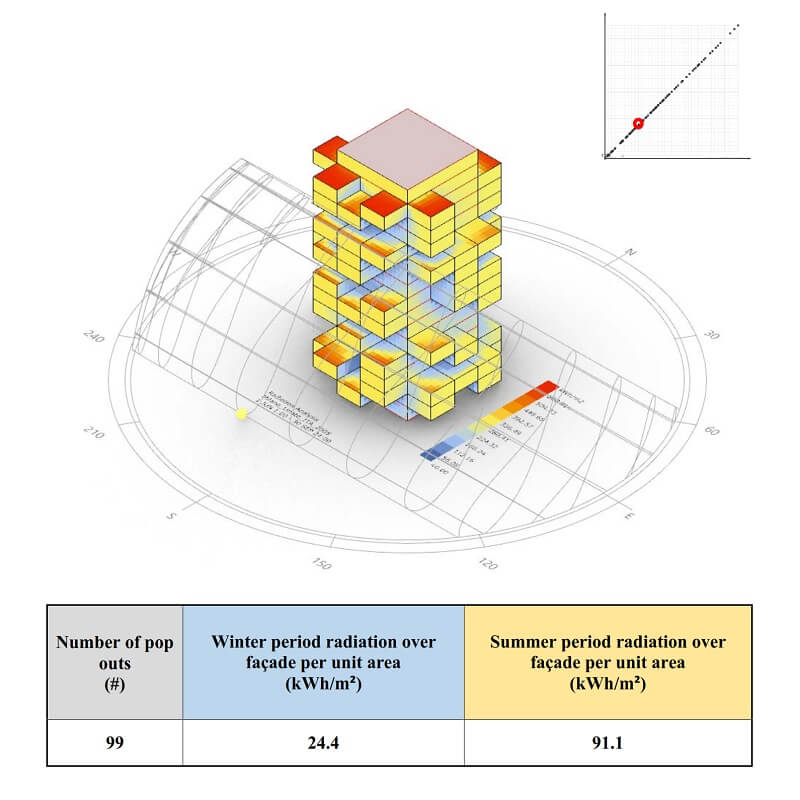 The building massing is scripted and optimized in Grasshopper applying genetic solvers like Octopus and Galapagos, the parameters to be optimized are the pop outs distribution and the internal layout of the building. As a result, thanks to many iterations the designer can make a final data driven decisions.
The building massing is scripted and optimized in Grasshopper applying genetic solvers like Octopus and Galapagos, the parameters to be optimized are the pop outs distribution and the internal layout of the building. As a result, thanks to many iterations the designer can make a final data driven decisions.
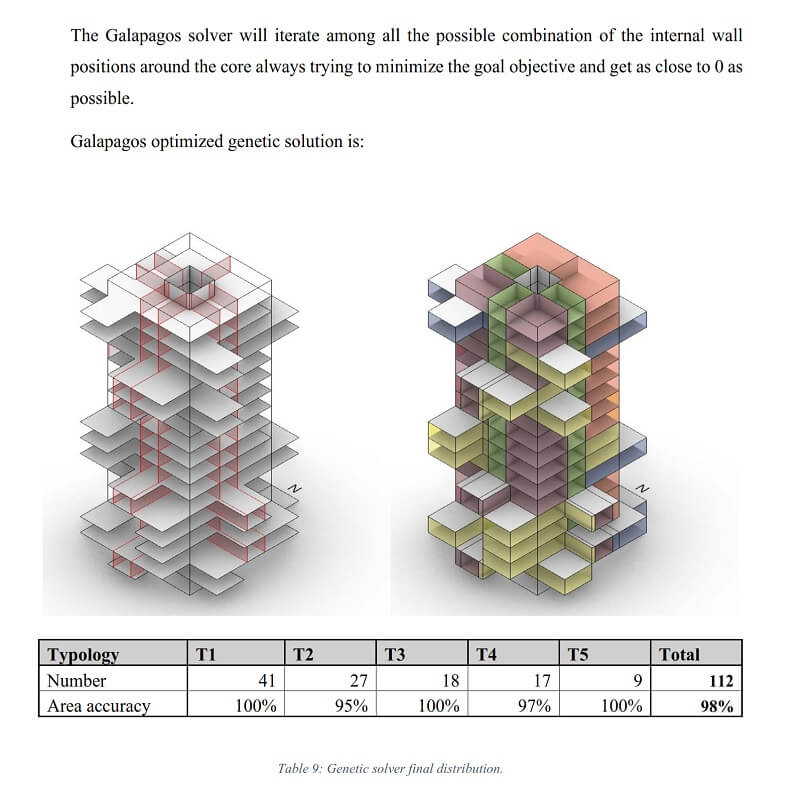 After building massing is set, the parametrical elements are enriched and streamed to a BIM environment, in this research the BIM approach is done with Revit. The information is transfer by three Grasshopper and Revit extensions, exploring different parametric BIM workflow approaches and model coupling like: IFC information transfer through loosely coupled approach with GeometryGym, Revit API and CVS file for a tightly coupled approach in Hummingbird, and Cloud base workflows and Dynamo through tightly coupling via Speckle.
After building massing is set, the parametrical elements are enriched and streamed to a BIM environment, in this research the BIM approach is done with Revit. The information is transfer by three Grasshopper and Revit extensions, exploring different parametric BIM workflow approaches and model coupling like: IFC information transfer through loosely coupled approach with GeometryGym, Revit API and CVS file for a tightly coupled approach in Hummingbird, and Cloud base workflows and Dynamo through tightly coupling via Speckle.
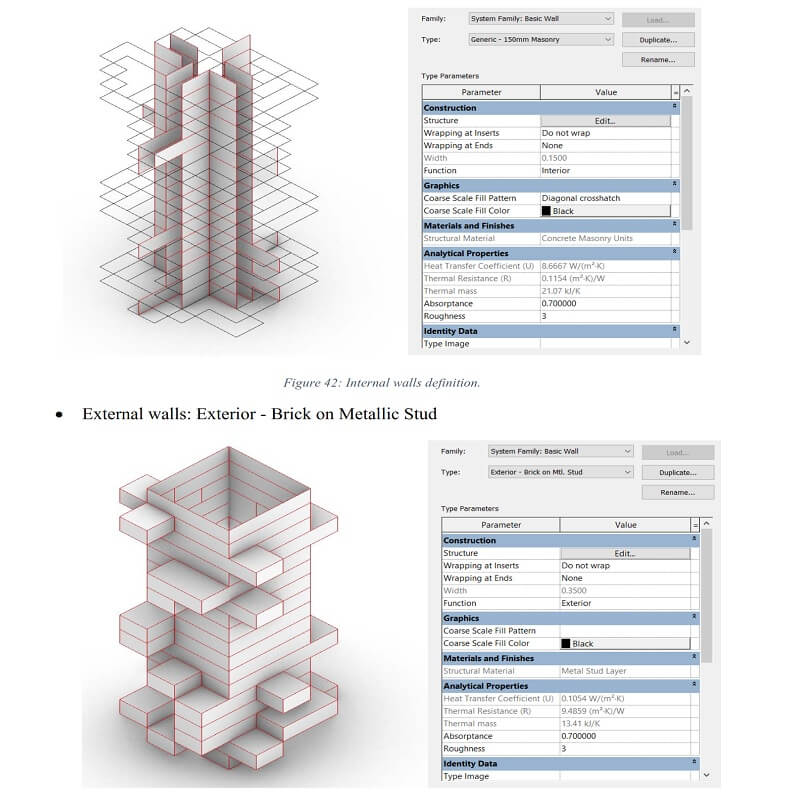 As conclusion of this research it appears that parametrical BIM workflow can support a data base design methodology that strength the automatization and interoperability. In the parametrical model it is possible to add an important amount of information from different construction fields and automated results thanks to numerous iterations.
As conclusion of this research it appears that parametrical BIM workflow can support a data base design methodology that strength the automatization and interoperability. In the parametrical model it is possible to add an important amount of information from different construction fields and automated results thanks to numerous iterations.
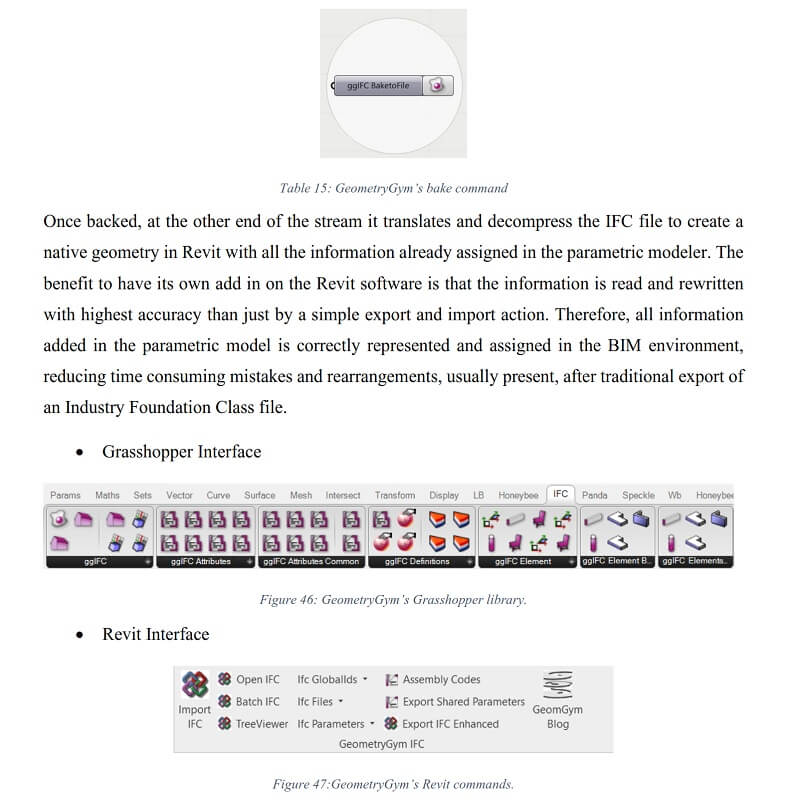 Furthermore, is possible to affirm that coupled models can be update at real time with the right set-up, therefore increasing the interoperability between PD and BIM.
Furthermore, is possible to affirm that coupled models can be update at real time with the right set-up, therefore increasing the interoperability between PD and BIM.
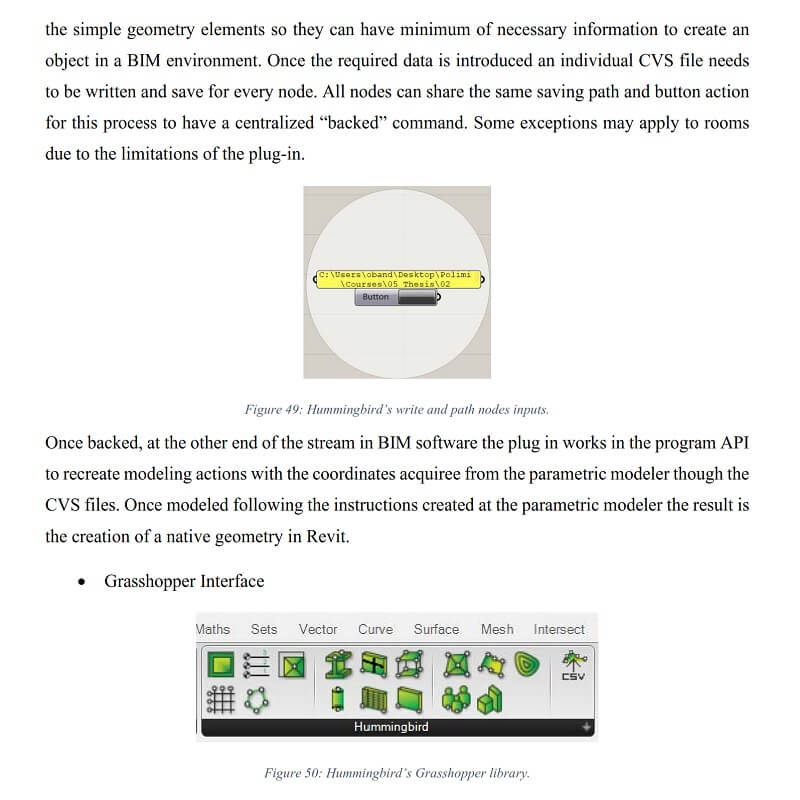
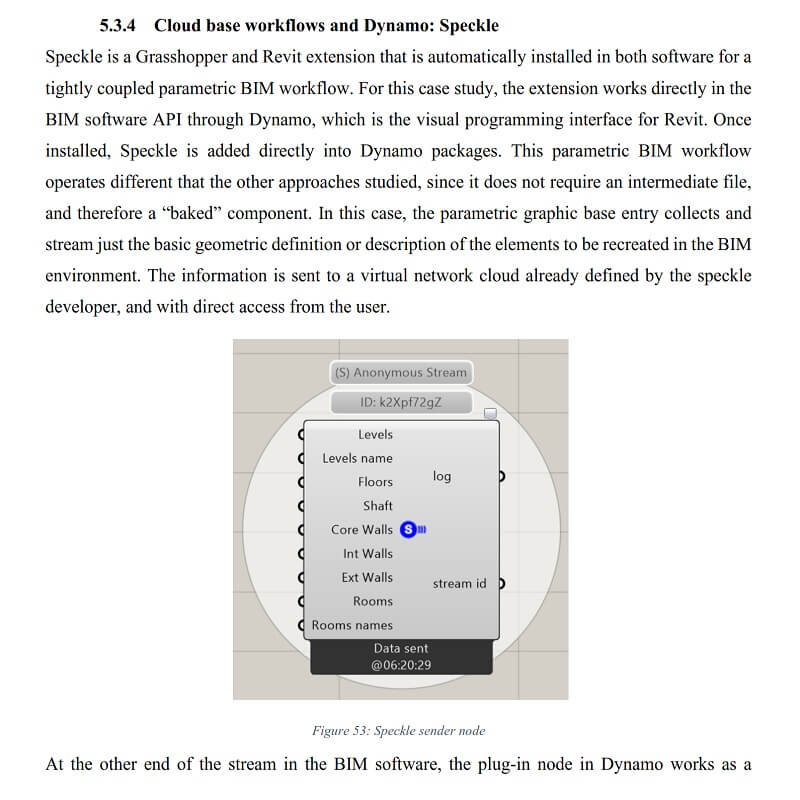




























Comments